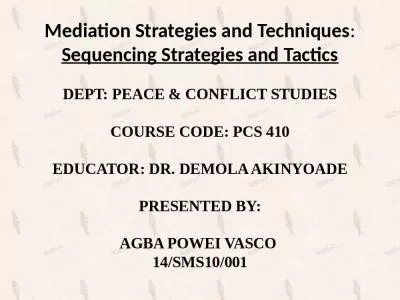PPT-Strategies to Support Readers of
Author : aaron | Published Date : 2019-11-07
Strategies to Support Readers of Octavius V Catto Remembering a Forgotten Hero Vera Da Vinci Curriculum and Reading Specialist WHAT DO STUDENTS NEED TO FULLY ENGAGE
Presentation Embed Code
Download Presentation
Download Presentation The PPT/PDF document "Strategies to Support Readers of" is the property of its rightful owner. Permission is granted to download and print the materials on this website for personal, non-commercial use only, and to display it on your personal computer provided you do not modify the materials and that you retain all copyright notices contained in the materials. By downloading content from our website, you accept the terms of this agreement.
Strategies to Support Readers of: Transcript
Download Rules Of Document
"Strategies to Support Readers of"The content belongs to its owner. You may download and print it for personal use, without modification, and keep all copyright notices. By downloading, you agree to these terms.
Related Documents

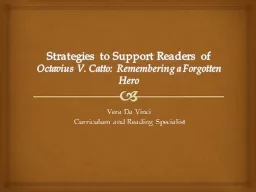

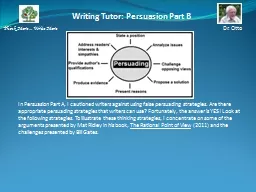
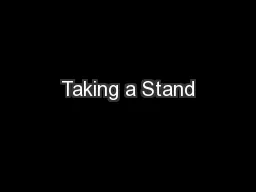


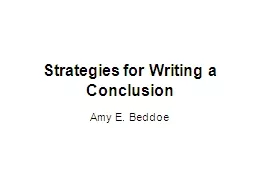



![[EPUB] - Penguin Readers Level 3: Wonder (Penguin Readers (graded readers))](https://thumbs.docslides.com/905129/epub-penguin-readers-level-3-wonder-penguin-readers-graded-readers-61be772099f28.jpg)

![[EBOOK] Penguin Readers Level 3: Wonder Penguin Readers graded readers](https://thumbs.docslides.com/1006164/ebook-penguin-readers-level-3-wonder-penguin-readers-graded-readers.jpg)
